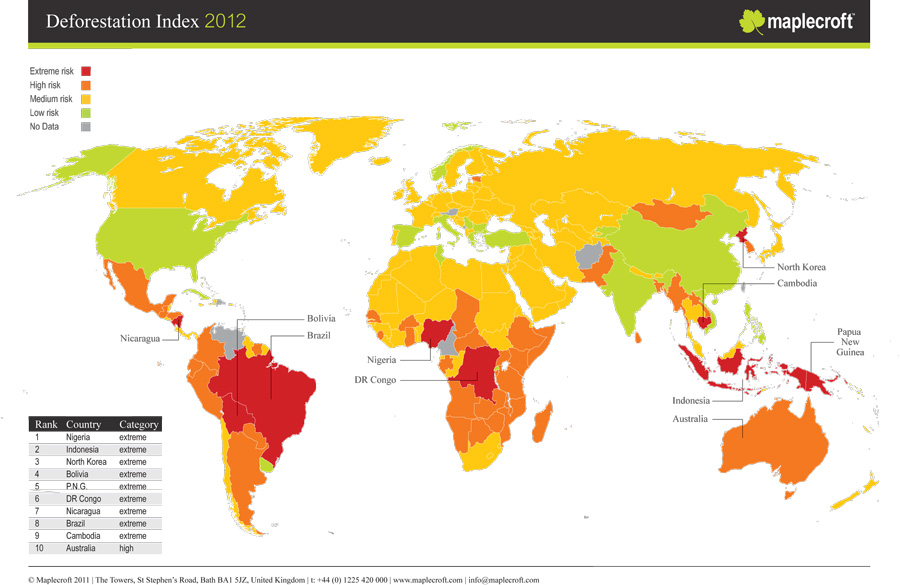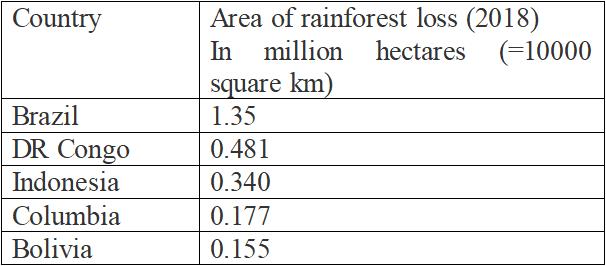Introduction: In 2020 Taihe Institute (TI) initiated "Taihe Young International Scholar Alliance (TYISA), aiming to create a platform where outstanding young international scholars will share their knowledge and research work regarding some pressing global issues such as Climate change, Advance Technology, International Relations etc., from their research field perspective so that their wisdom could be better heard and they could have more opportunities to communicate with related experts. Considering that the climate change takes center stage in recent global debates and poses a real threat to mass extinction of both terrestrial and freshwater species and will have devastating effects on the lives and livelihood of people, the first general topic of discussion will be on "The effects of global warming on environment and human beings; New insights to mitigate or prevent climate change from different scientific approaches". Insightful and perspective outcomes will be included to the “Youth Dialogue Session” of the TCF to facilitate young international scholars to exchange ideas and have more interaction with the TCF renowned guests.
Short bio of the author

Kaddour Chelabi, From Algeria, PhD in quantum cosmology. Interested in the study of nature, history of the universe and the edge of knowledge. Head of teaching department at British Education Academy in Beijing.
The Mother Earth is the only place we have by far that we call home. It is the only planet with the continuity of life, thus it becomes more and more important to generate a sense of urgency that we need to save our mother Earth from all sorts of harmful activities on the planet. It is our responsibility to raise awareness about saving our mother earth as our survival depends completely on this planet.
Earth provides resources for us to sustain living and even for those inanimate things. Our harmful activities are causing an irreversible damage to the environment which results in degrading the condition of this planet. By taking care of our home, we can live in a healthy environment, which can also improve the quality of our life. It is our collective responsibility to raise public awareness regarding the well-being of our mother earth. One of the fundamental and secret ingredients of recipe is “The Forest”.
Forests still cover about 30.6% of the world’s land area based on FAO global forest resource assessment report. However they are disappearing at an alarming rate. Between 1990 and 2016, the world lost 1.3 million square kilometers of forest, according to the World Bank, which is the 1/7th of China’s land area or almost half of India.

Primary tropical forests and savannas harbor a wealth of flora and fauna which will be vanished when these areas are gone. And man-made forests cannot compensate for the damage and degradation done to ecosystems.
200 000 acres of forest are cleared every day. That is 139 acres every minute. Assuming there are around 400 trees per acre (this depends greatly on the species, the age of the trees and if the area has been managed), then 55600 trees is being destroyed every minute.
Half of the world’s rainforest has been destroyed in just one century. The main reasons for the destruction are illegal logging, mining and construction. The countries with the highest losses of primary rainforest are listed in the table below:

Nevertheless, forest cover has increased in India, China, USA and Russia between 1990 and 2016. But that might not be enough to prevent the damaging effects brought by climate change, especially given the rapid loss of forests in other countries. Besides, there are some countries who have zero forest cover, for instance, Gibraltar, Oman, Qatar and Egypt.
Deforestation has severe consequences. It is a long list, but we mention here just a few. Among of them there are destruction of natural habitat and loss of species. The disappearance of forests is a big contributor to global climate change. About 20% of the world’s greenhouse gas emissions come from the clearing of tropical forests. Since 2000, the loss of trees cover has added 98.7Gt to global CO2 - emissions. In 2017, deforestation added about 7.5 billion tons of carbon dioxide to the atmosphere - almost 50% more than all energy-related CO which equals to the emissions from the entire USA.

Deforestation messes up the hydrological cycle. It breaks the complex relationship between precipitation and forest, which in turns leads to drought and desertification, as well as soil erosion. In addition, it causes temperature rise of the sea. Most of the trapped heat has been absorbed into planets’ vast oceans. Since the 1970s, the oceans have sopped up more than 90% of all the excess heat energy trapped by CO2. Since oceans are enormous and water is much more conductive than air, it is suggested that temperature of the ocean has increased a little more than 0.60C on average over the past century. Bear in mind, the warming is speeding up! The top part of the ocean is warming up about 24% faster than it did a few decades ago, and that rate is likely to increase in the future. All of this heat has huge impacts on marine life ranging from plankton, fish to whales, and on storm intensity, from winter to summer.
Deforestation has more impacts on our socio-economical dynamics. With 137 species becoming extinct every day, there is a complete unknown possibility of pharmaceutical potentiality of those species being destroyed on daily basis, which directly affects the global health sector. Forests contribute to the livelihoods of 1.6 billion people worldwide, provide a home to more than 300 million people and sustain economic growth. In 2004 forest products was estimated at $327 billion. However, pattern of “short-term investments for immediate gains”, like unstoppable logging, is undermining the long-term sustainability of forest products. Economists around the world suggested that countries and businesses will be paying a high price if they cannot count the values of forests into their budgets.
Another simple example, the world produces 300 million tons of paper every year. A office worker uses 10000 sheets of copy paper ever year approximately. 45% of paper printed in offices end up in trash bins by the end of the day. That is why going paperless is more efficient to save trees. Also, poverty and famine drive people to exploit forests carelessly for their survival and their families. Otherwise they will have to move to the city which may cause higher demand of public transportation and lead to more pollution, as well as higher rate of criminality….etc.
Protecting the forest can be done by regulating cutting of trees (selective cutting), fire controlling (build a fire extinguishing system inside the forest which can be triggered when there is fire), reforestation and afforestation. Using chemicals against bacteria or fungi that cause tree diseases can also contribute to the protection of forests.
At the end, this is just the tip of the iceberg. Climate change can never be fixed if we ignore forests. Forests and biodiversity are key to all life forms. The richer the diversity of life, the greater the opportunity for medical innovation. Richer diversity can also bring economic growth and help us build adaptive responses to face greater challenges like climate change.

We hope that every day is Earth Day instead only on April 22nd. The Earth speaks magical, simple and unique language. There is a special code to decipher this language, otherwise Earth will respond spontaneously and without asking permission. Her answers are expressed through drought, tsunamis, floods, storms…etc. Working together, with love, care, responsibility, patience and generosity will contribute to find the right code to prolong our journey on this planet as species so that we can carry on enjoying the beauty of life as mankind.
—————————————————————
FOCUS ON CONTEMPORARY NEEDS.
Should you have any questions, please contact us at public@taiheglobal.org




